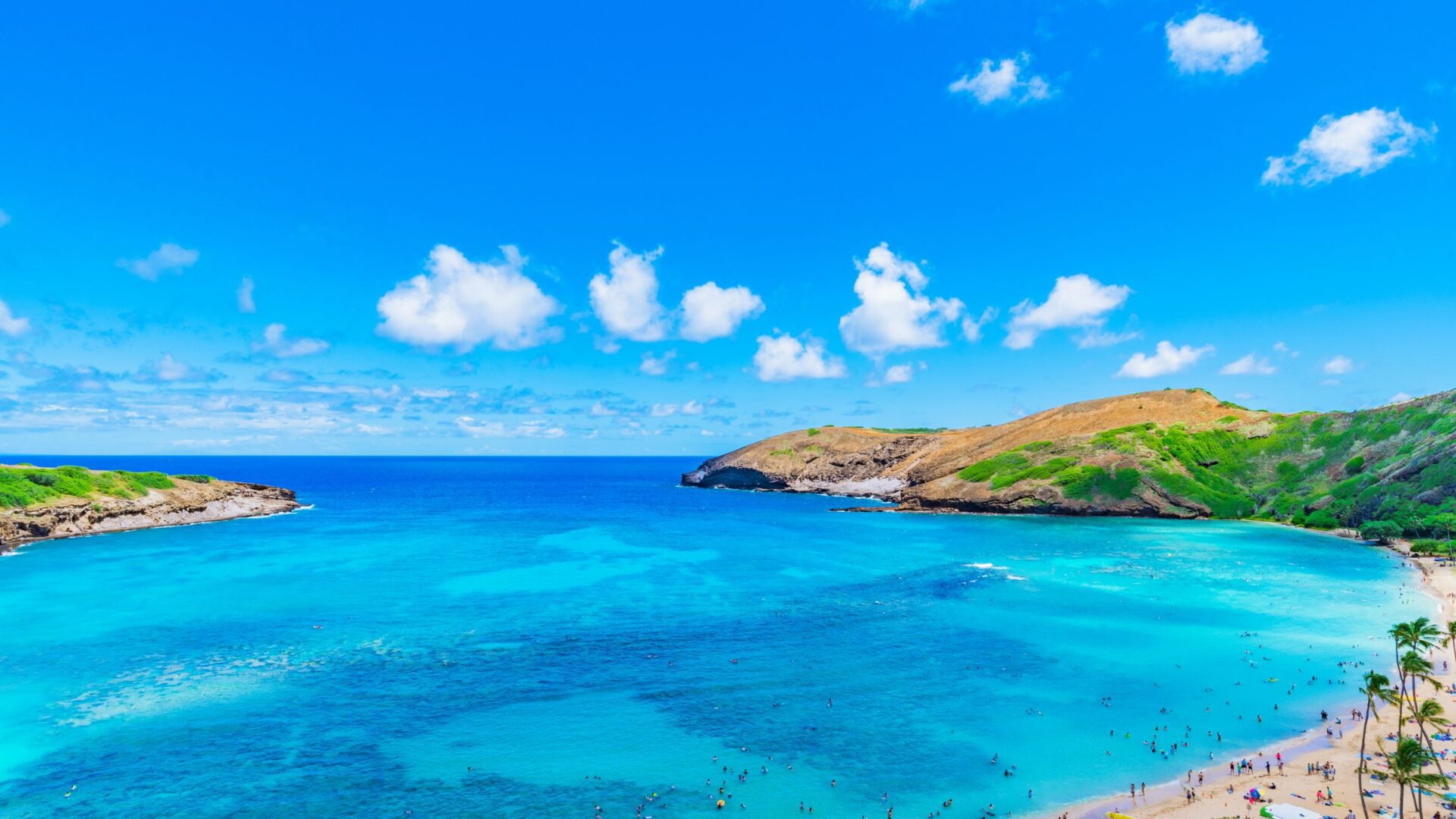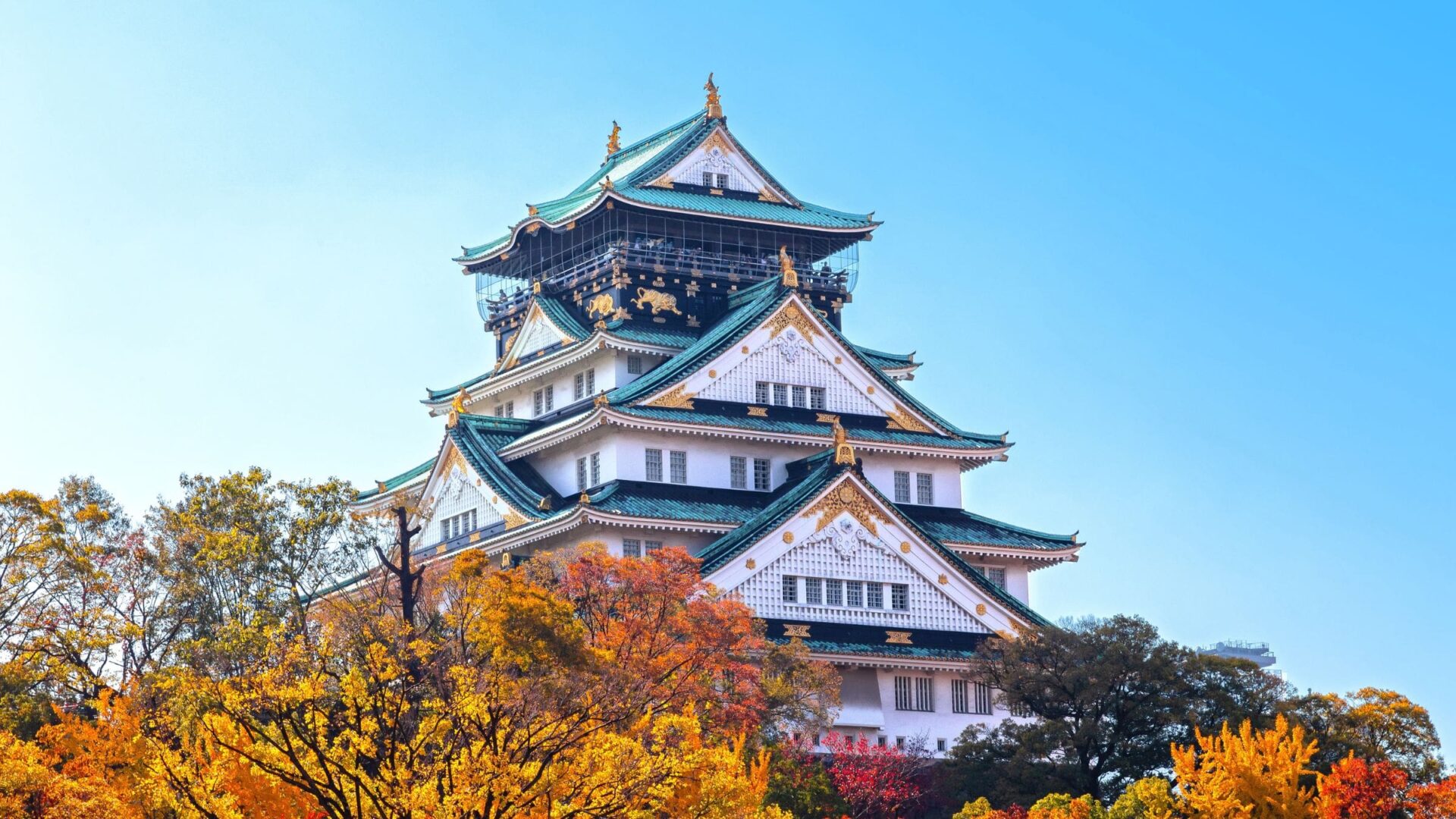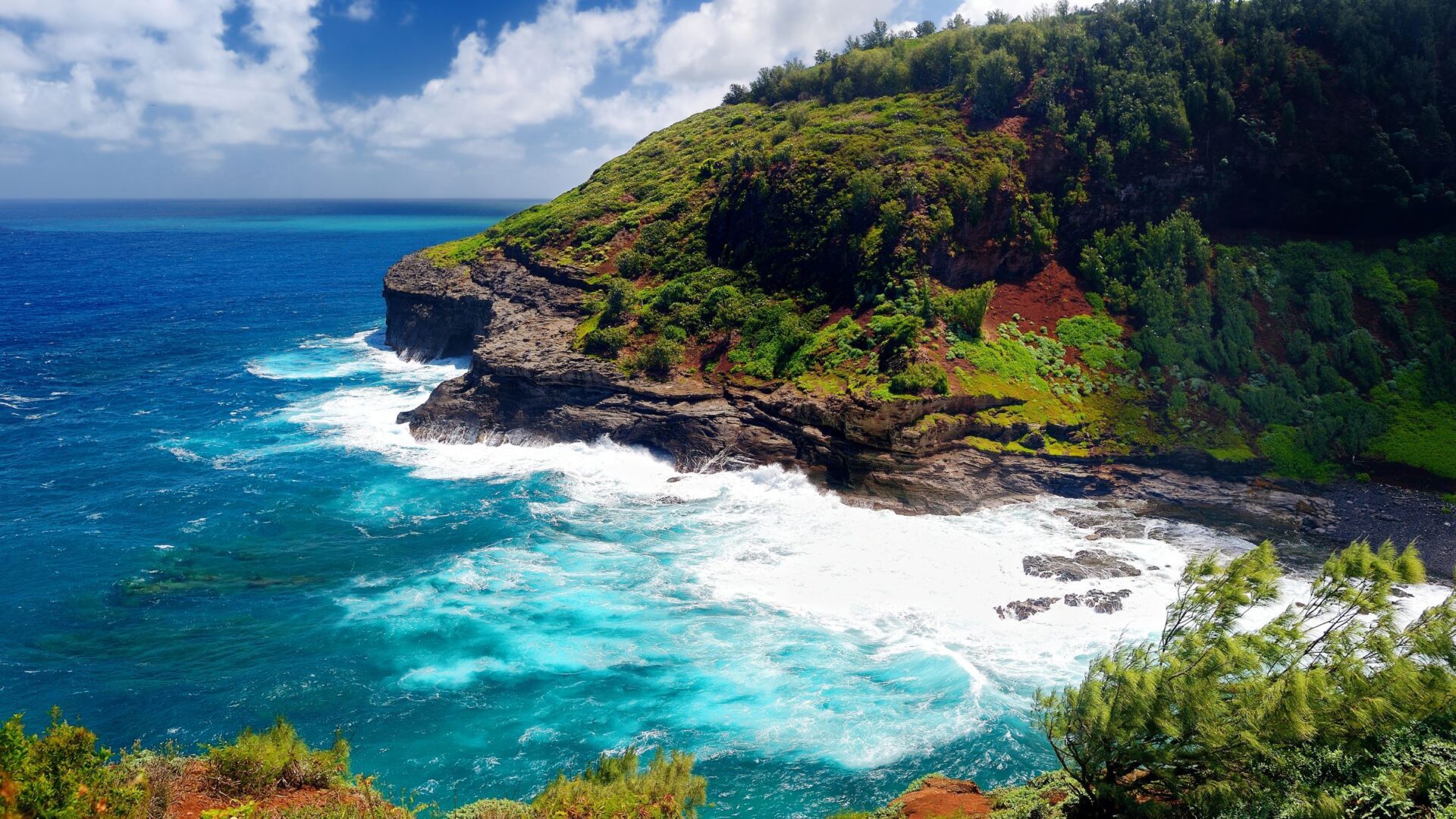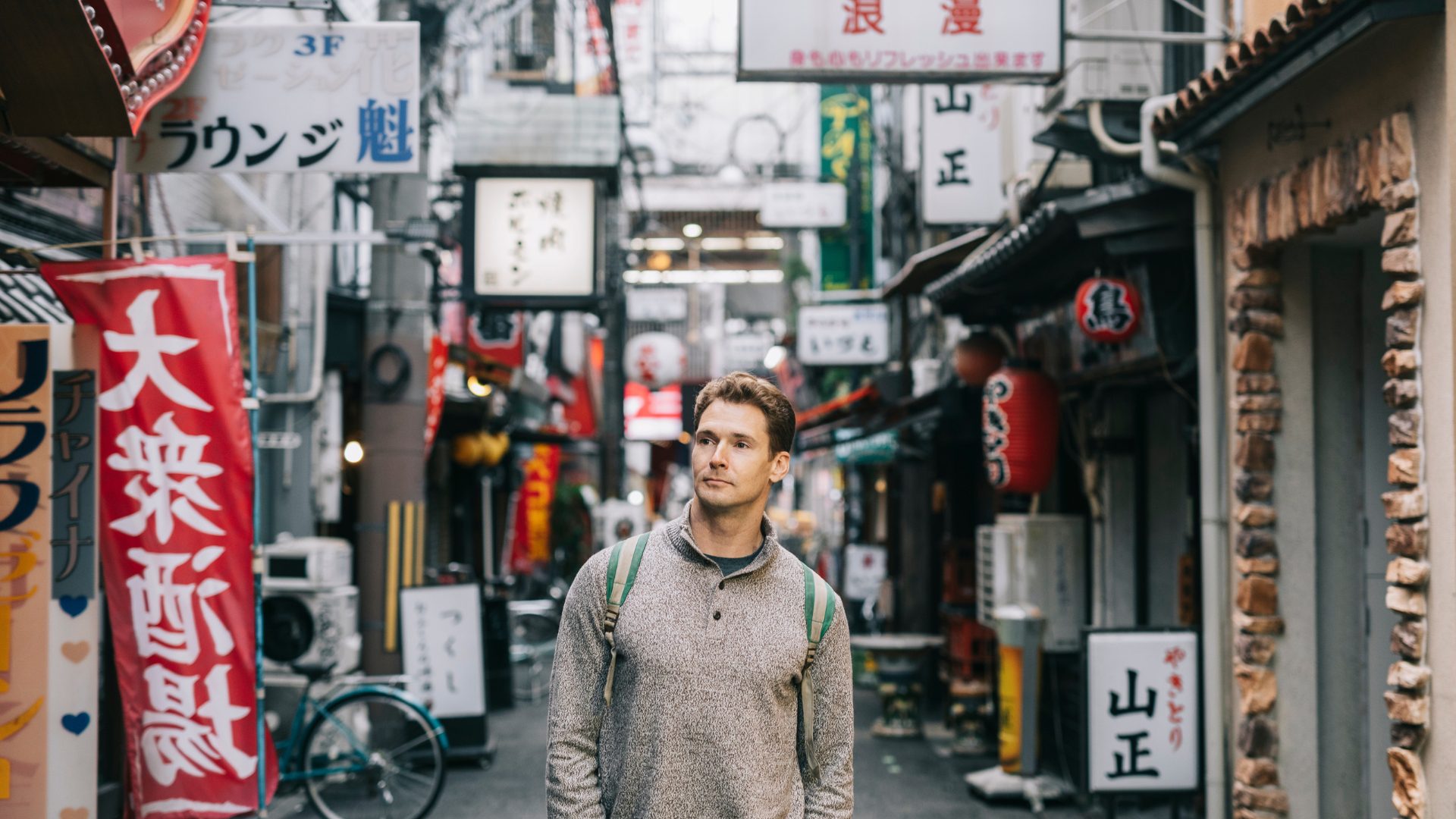A modest island some 37 miles north of the coast of Venezuela, Curaçao is actually classed as a country in itself – one of three such Caribbean islands which, together with Holland, make up the Kingdom of the Netherlands.
First visited by the Dutch in 1499, who colonized it not long after, it was long a disputed territory, coveted by Spain, England, and the Netherlands alike, before the latter established dominance in 1816.
Curaçao is comfortably nestled outside the hurricane belt, in the south western part of the Caribbean Sea. It is an alluring tropical island boasting several national parks, unrivalled beaches, hidden coves, coral reefs, world-famous diving sites, historical heritage, a 17th century synagogue, and an international airport – all on a piece of land barely forty miles long, and only ten across at its widest point!
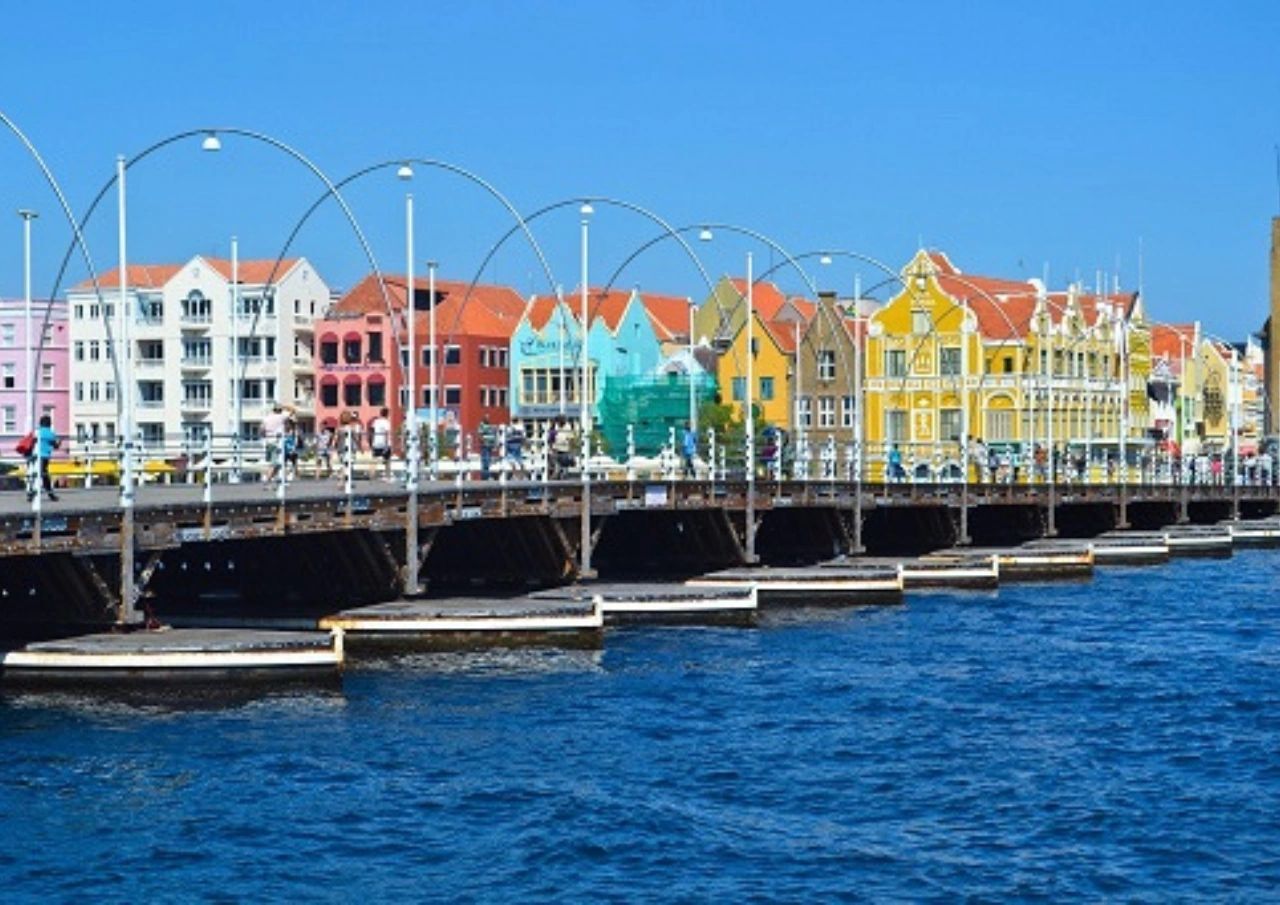
Whether you fly in or arrive by cruise ship, in Curaçao you’ll find yourself on a one-of-a-kind island, that is a blend of European, South American and Afro-Caribbean cultures, in everything from its architecture to its languages. The pastel shades of Dutch colonial buildings in the capital Willemstad are the stuff of picture books, and the magnificent Queen Emma bridge, a pontoon bridge across Saint Anna Bay that is an iconic feature of Curaçao, is unique in the world. The 500 foot-long edifice, beautifully floored with wooden boards, opens outwards regularly to let sea-going ships pass.
4 languages are spoken by the 155,000 Curaçaoans who call the island home, and who represent more than fifty nationalities. But nowhere is the diversity of the island’s culture represented more than in its food, which is a blend of Dutch, Portuguese, Spanish, English and Jewish cooking traditions, not to mention African and, of course, local Curaçaoan cuisine!
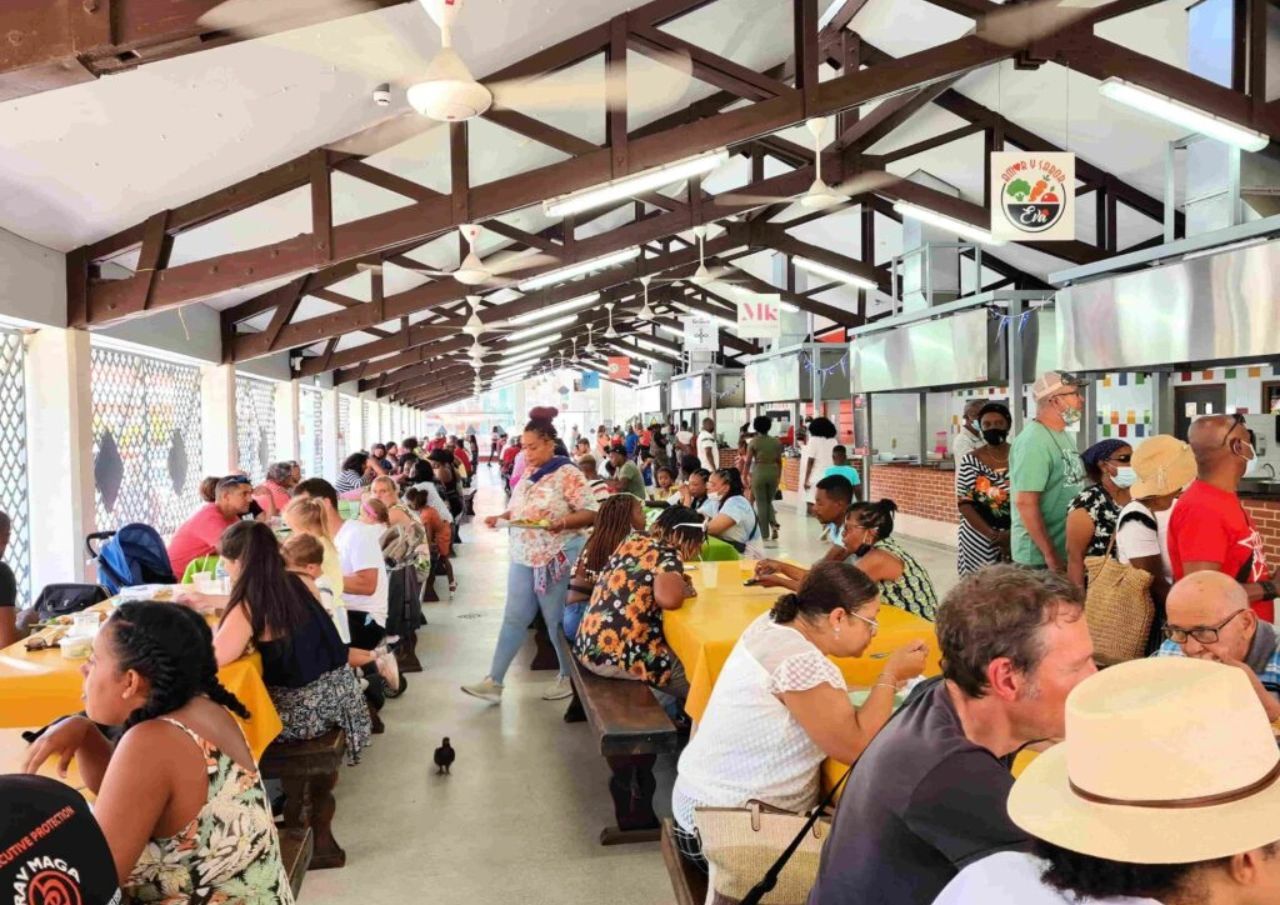
Eating Out in Curaçao
Dining out is always one of the great pleasures of traveling to exotic locations, and food in Curaçao will delight your senses with its colors, aromas, textures and flavors, and satisfy both your hunger and your sweet tooth. And you’ll find delicious meals for every budget and whatever your mood.
The capital, Willemstad, is the best place to seek the perfect dining experience, and is host to diverse restaurants and eateries, some very chic and classy! But it has a hidden jewel for local food, the Plasa Bieu, in Punda district. Plasa Bieu is an unmissable institution of local gastronomy, and means “old market” in the local language Papiamento.
You’ll also find plenty of choice, and a less urban vibe, on and around the main beaches of Curaçao, along the Western shoreline. Finally, for late night, and very local (but not so refined!) snacks and fast-food meals, you’ll find Truk’I Pan, or food trucks, over most of the island, for barbecued food straight off the grill.
Dining in Curaçao is overall a laidback affair – everybody is on island time, and food, like everything else, should not be rushed! You’ll enjoy nice, slow dinners even in the island’s most upscale and reputable establishments. Curaçao has a number of typical dishes and beverages you wouldn’t want to miss, including its signature dish, Keshi Yena, and also, of course, the island’s world famous Curaçao liqueur. More adventurous diners won’t want to leave Curaçao without trying more bizarre recipes such as fried iguana, or cactus soup!
But let’s start with Curaçao’s certified palate pleasers and stomach-friendly offerings!
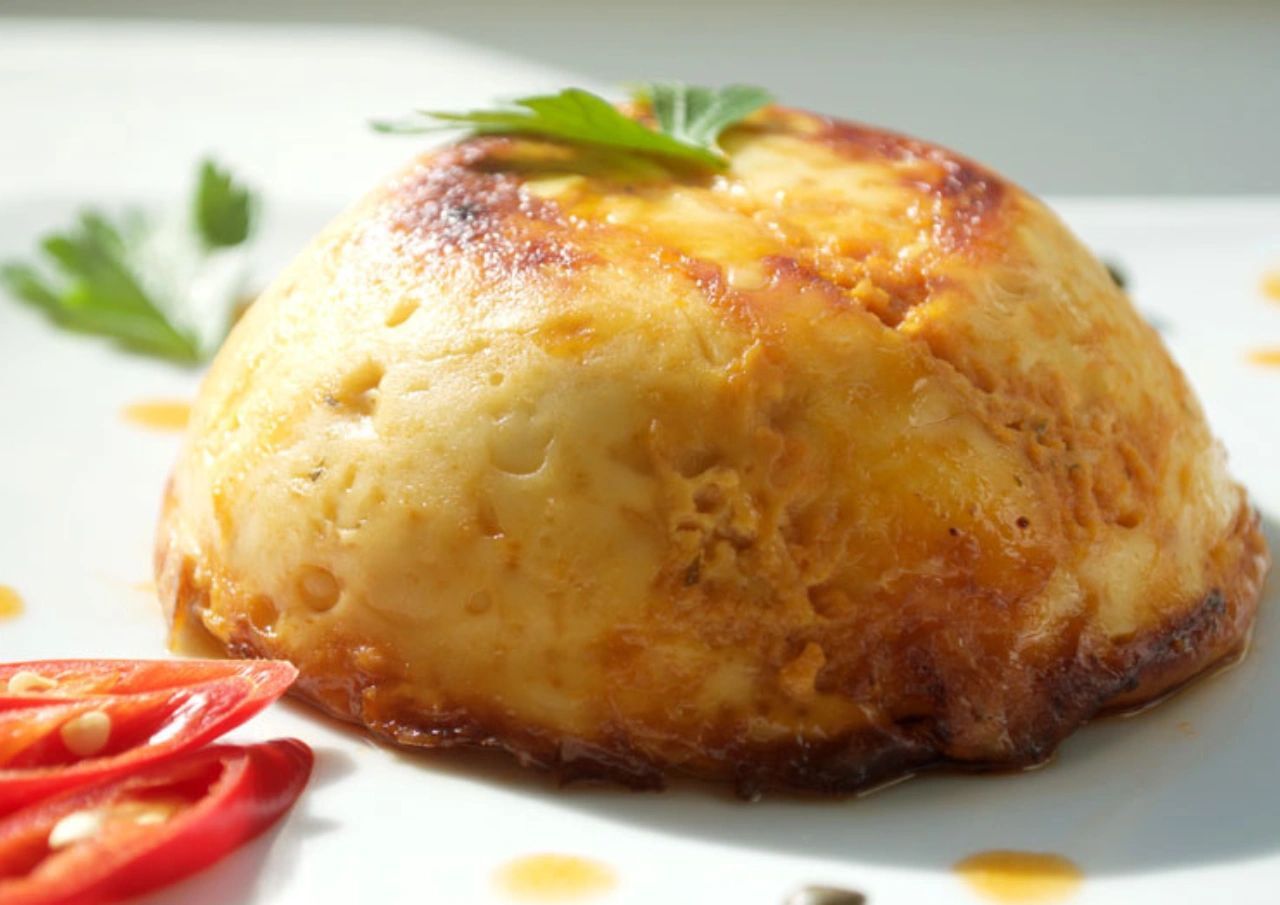
Keshi Yena
Thank goodness for Dutch cheese! Keshi Yena is the perfect example of what fusion cuisine does when a foreign ingredient like Edam or Gouda, meets the culinary traditions of three continents. Keshi Yena is a cheese ball stuffed with meat, (mostly chicken or pork), spices, olives, onions tomatoes, and sometimes raisins for sweetness, and then baked until all the flavors blend. But Keshi Yena had modest beginnings – African slaves used to salvage leftover meat and cheese rinds, which they then seasoned and baked into a ball. Nowadays, the most common version is spiced chicken and vegetables, wrapped in a banana leaf and cooked in the oven.
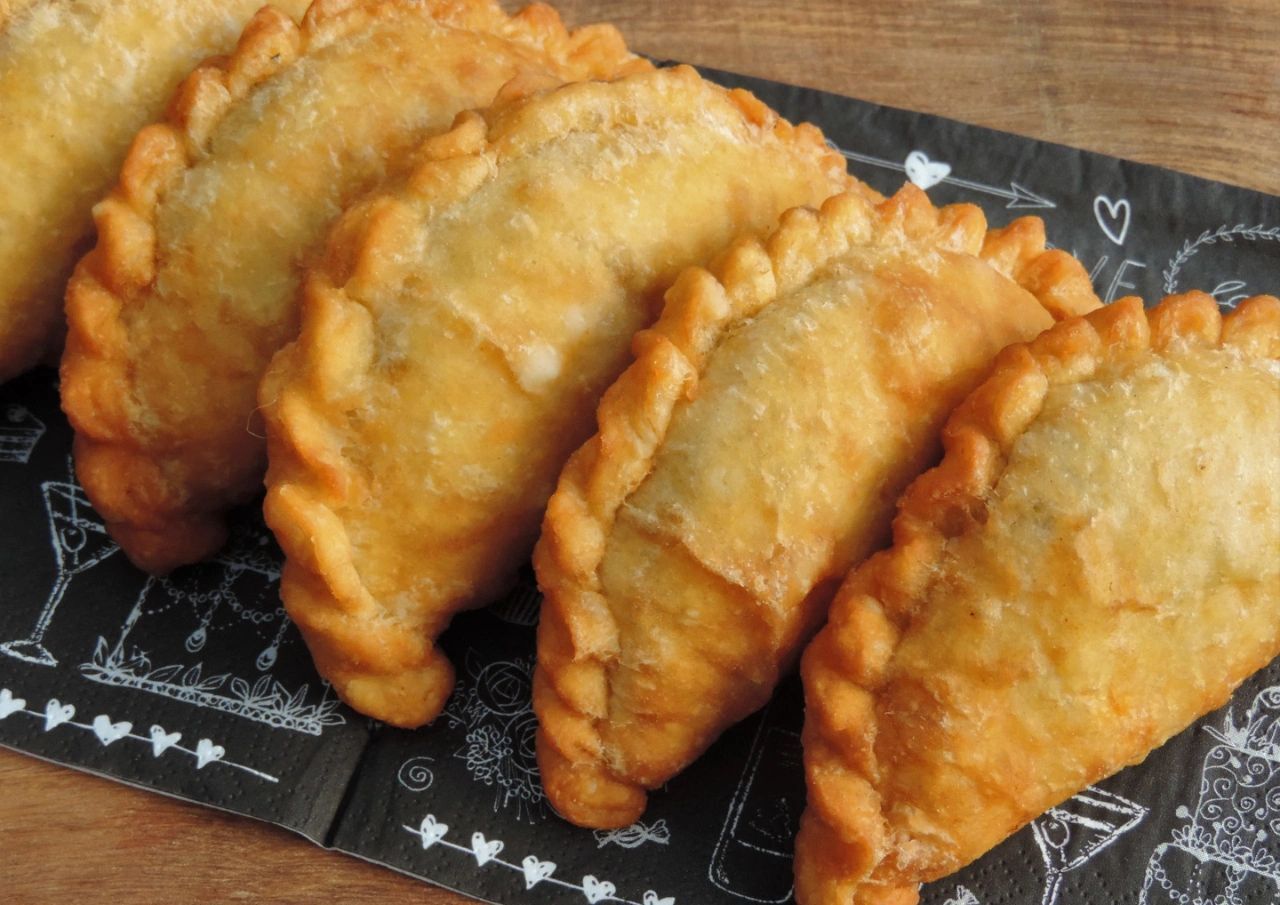
Pastechi
These small fried or baked pastries are like an empanada, but with a lighter, fluffier dough. They are often eaten for breakfast, or as a hot snack. Common fillings are melted Gouda cheese, minced meat, or even fish.

Soups and Stews: Stoba, Giambo and Cadushi
A hearty stew is generally a hit with any hungry traveler, and Stoba ticks all the right boxes and then some! This is a meat stew, variations of which are found across the Caribbean, often made with goat meat, but also beef, in its Curaçaoan version. The meat is cooked slowly with vegetables such as bell peppers and tomatoes, along with garlic and onion, and seasoned with spices such as cumin, nutmeg and sometimes curry. In short, it doesn’t lack flavor, but it can’t be rather hot! Giambo is stew made of salted meat or fish cooked with at least their equivalent weight in okra! This vegetable confers its slightly gooey texture to the dish, but the taste is amazing for such a simple combination of ingredients. Cadushi is our first foray into lesser-known territory. It is a soup made from the cadushi cactus, also known as the candle cactus, because it grows tall and slender like a candle. The plant is found all over the island, and is another local food that was a valuable source of nutrition for slaves when they were short of food. Its texture is somewhat similar to okra, but it is much more substantial and filling.
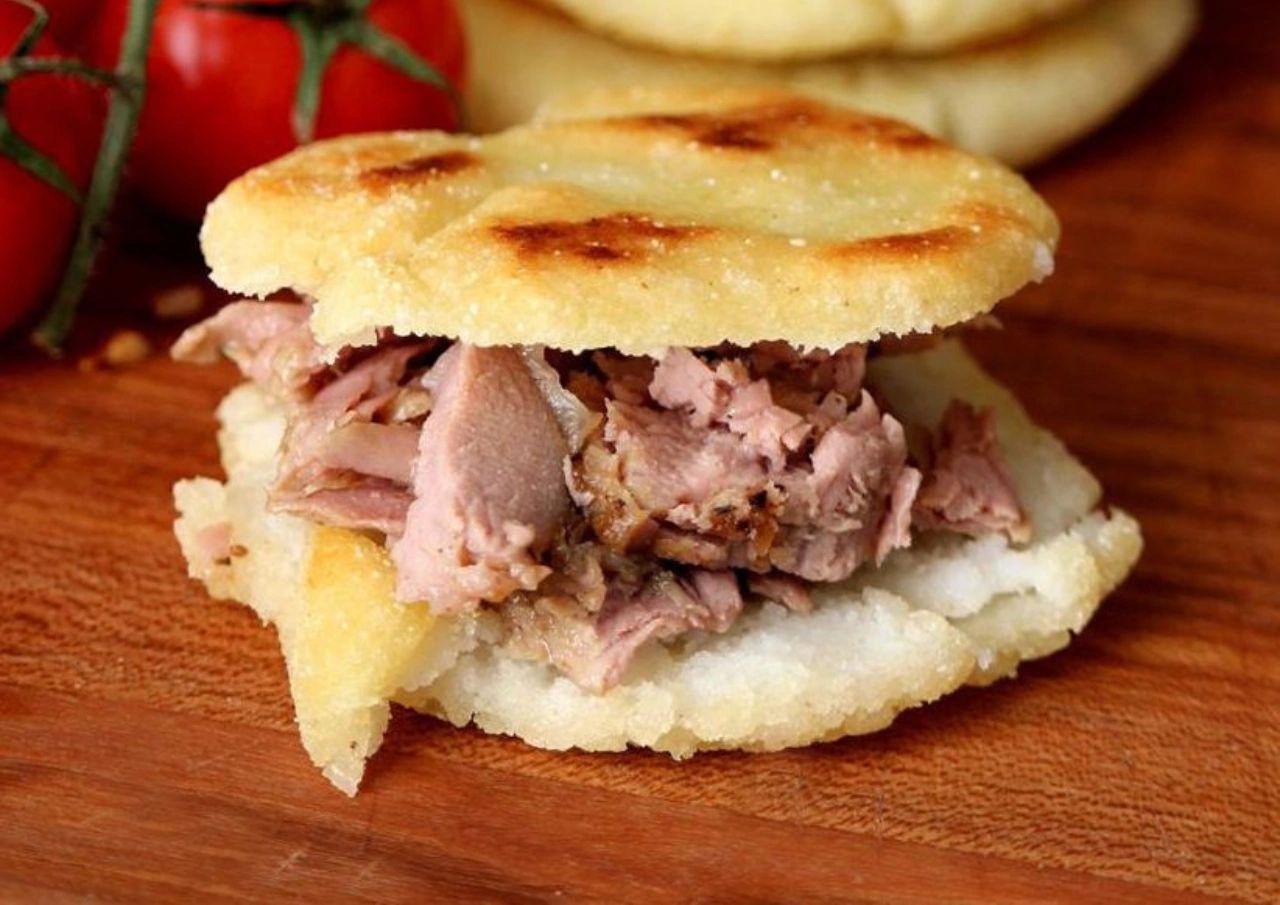
Arepas
This traditional Venezuelan dish, much like a kind of crispy corn bread sandwich, or perhaps burger, is very popular in Curaçao too. Cornmeal is the ingredient made into a dough to form Arepas, that are baked and toasted, before being cut in half like a pitta bread or burger bun. Traditional fillings include meat, onion, tomato, and avocado – in Curaçao you’ll find Dutch cheese or shrimp also, and local blends of spices!
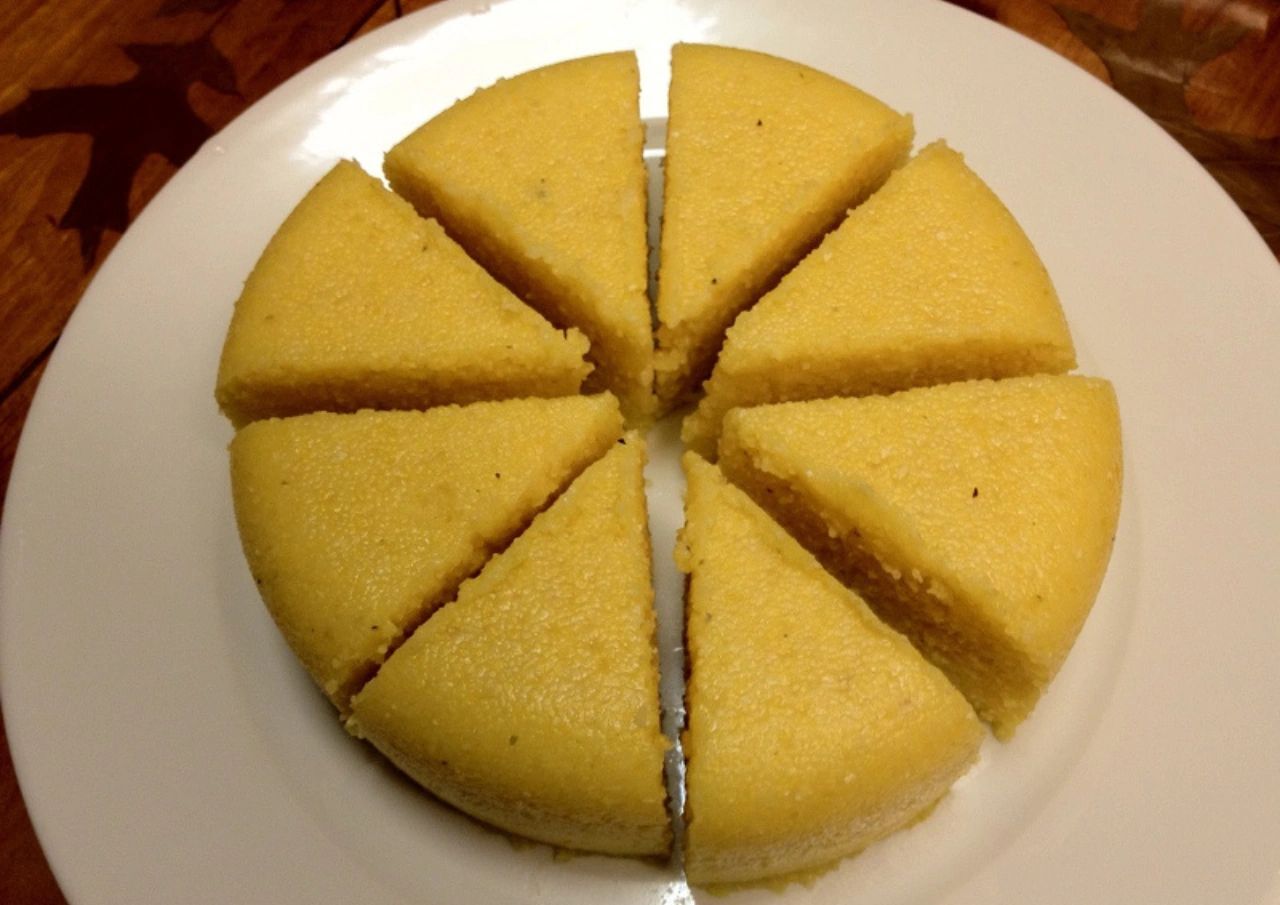
Funchi and Tutu
Sticking with the theme of cornmeal, Funchi and Tutu are two foods served as side dishes, generally to accompany meat, or more likely fish, particularly salted mackerel which is a Curaçao specialty. Similar to polenta in consistency, they both require vigorous stirring while being cooked, to achieve a creamy mixture which can also resemble mashed potato. Funchi can be pressed into sticks and made into fries – delicious and crispy! While Tutu often contains black beans, for a bit more taste and nutrition.
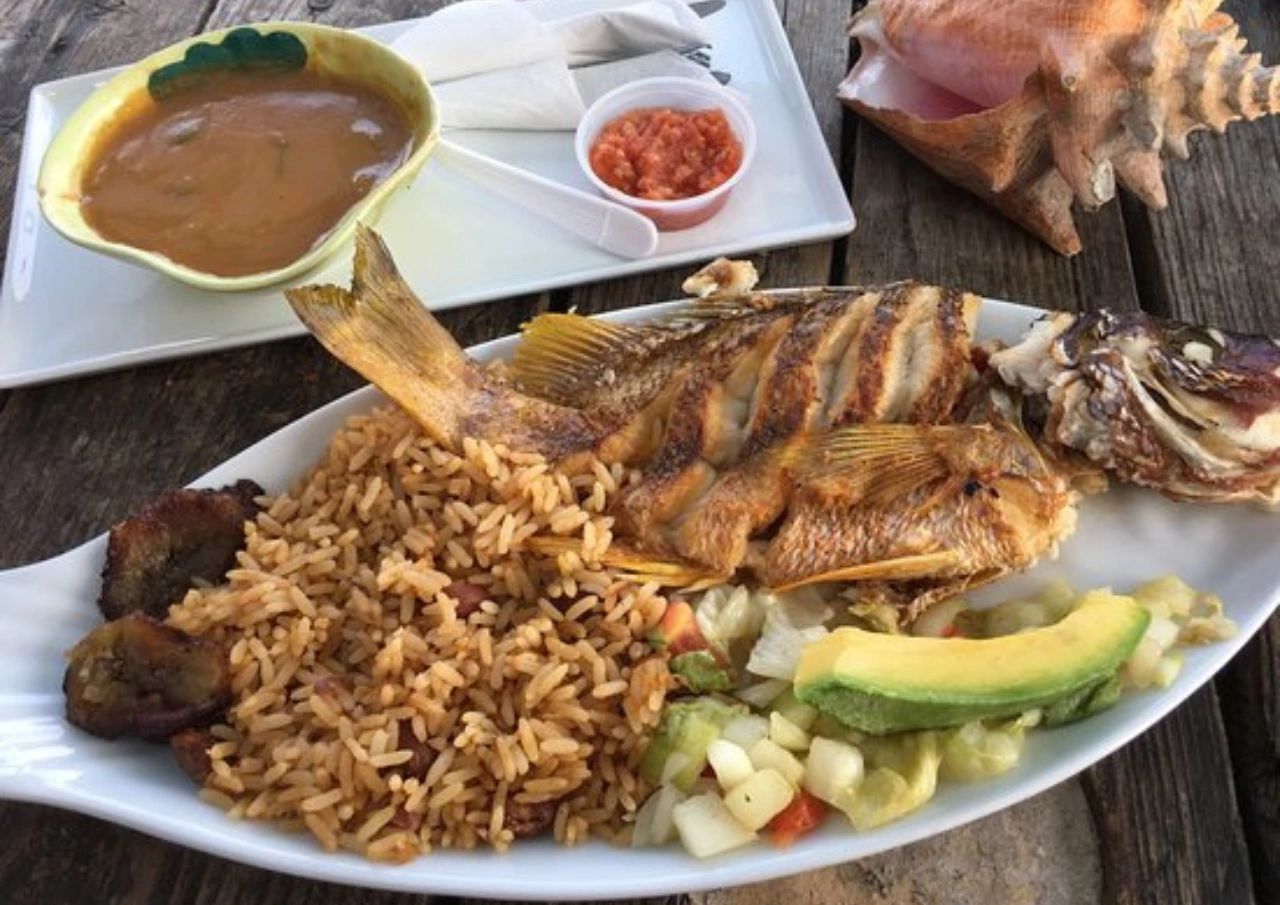
Seafood
With the influence of so many culinary traditions, and the enduring popularity of Dutch specialties, sea food is not the only ingredient vying for the limelight in Curaçao. But it would be regrettable to leave the island without sampling some of the sea’s best offerings!
Lightly fried red-snapper, with a hint of lemon juice is a safe bet for the taste buds. For more daring diners, try Lionfish – a striped fish with notorious long and venomous spines! But not to worry, these are removed when the fish is cooked, leaving you with tender white meat, often drizzled with melted butter and sprinkled with hot paprika (or served with ketchup, fries and mayonnaise!)
Conch with garlic and butter makes for a more local snack, as does the local favorite, raw, salted herring. Both of these, and more, are common in tacos in many island eateries.
For shellfish, think fresh mussels, clams, or shrimp – grilled or added to popular dishes.
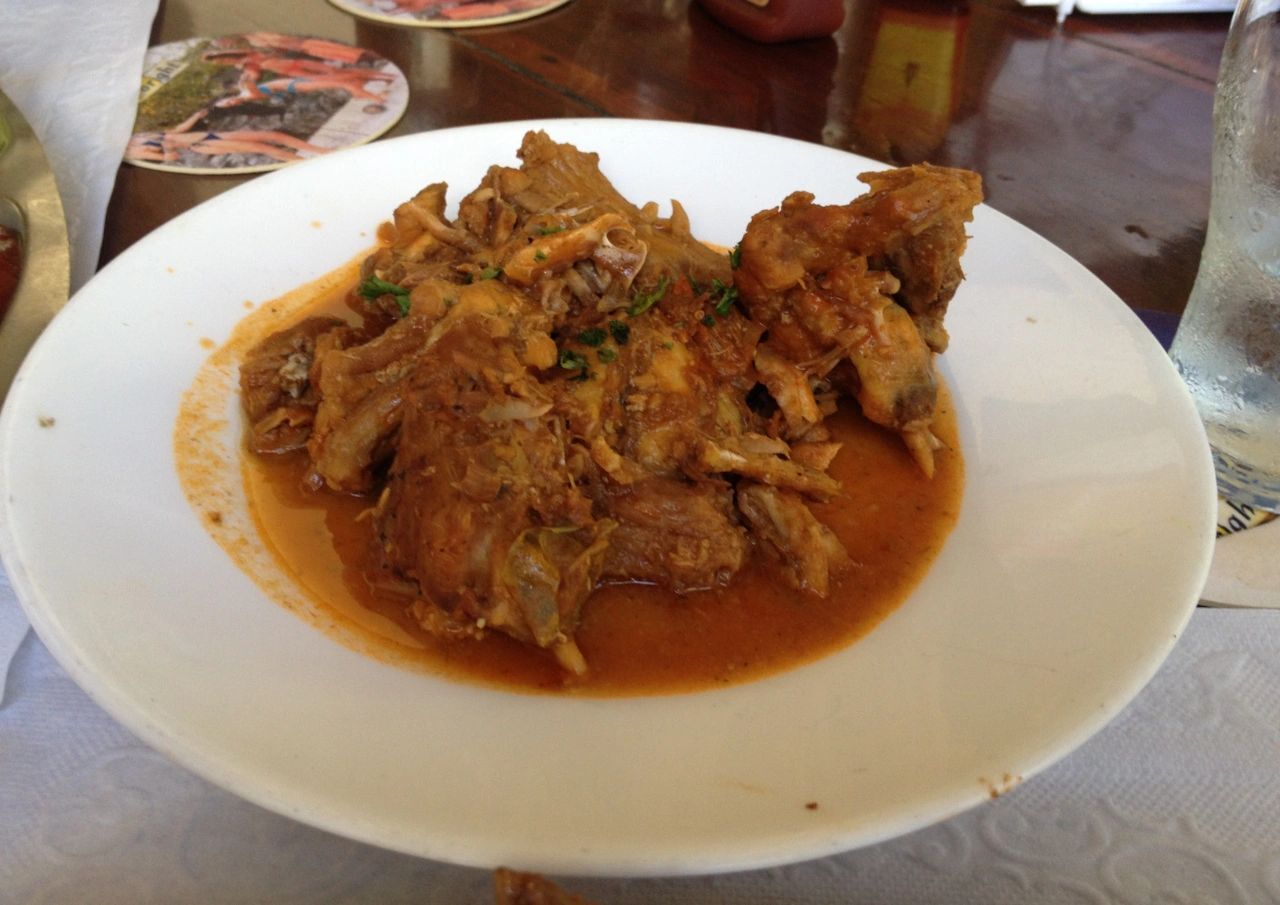
Iguana
When in Rome..? Iguana is not, in fact, a Curaçao staple, but it’s a dish you’re unlikely to find in most other places. The meat of this large lizard, that you’ll see scuttling around the island, is said to taste like chicken, and is added to stews, or fried like steak. If eating local oddities is on your bucket list, then bon appetit!
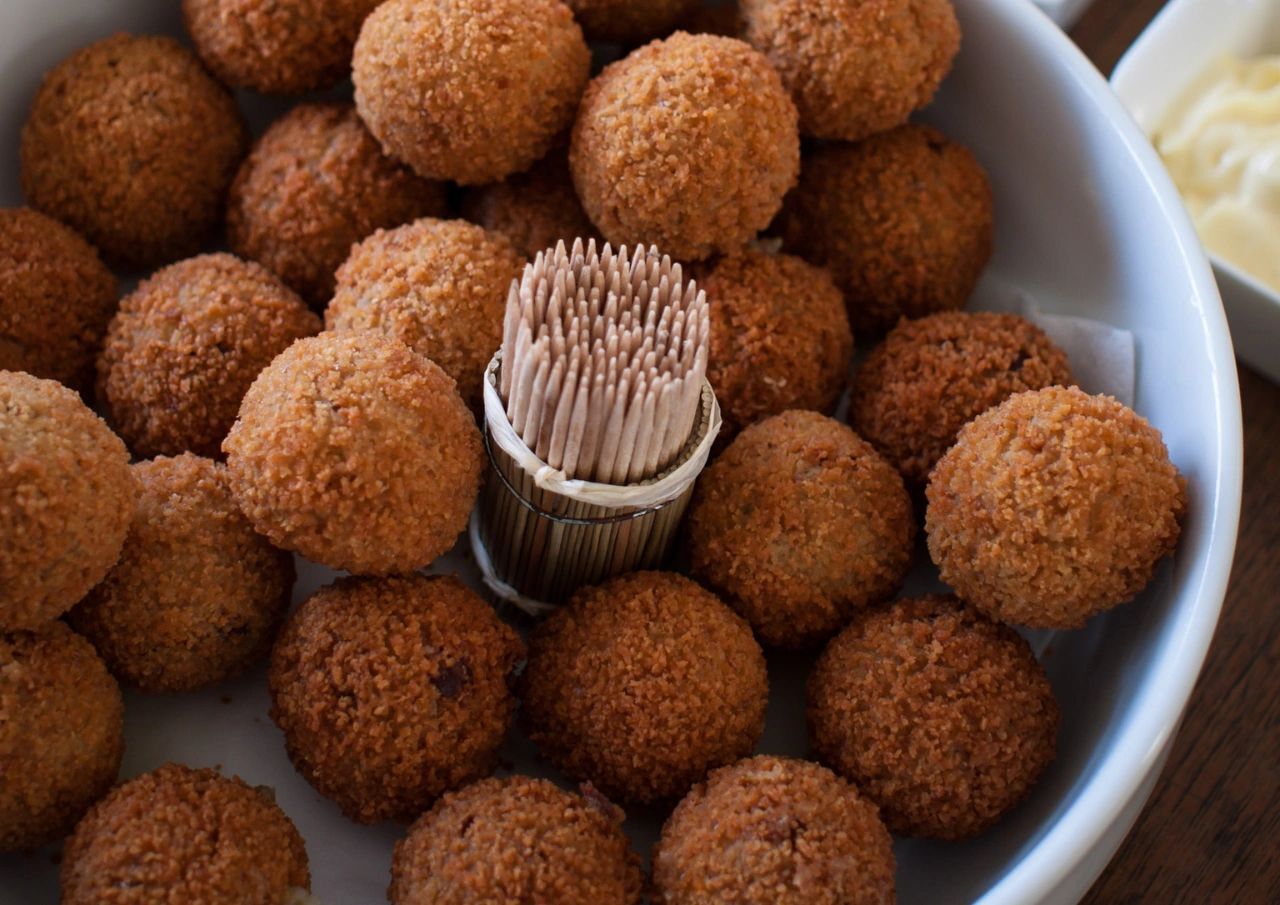
Bitterballen
These tasty, typical Dutch meat balls are hard to miss, and a plate of them is perfect to nibble on while you enjoy a Dutch beer. The meat – generally beef or veal – is rolled in bread crumbs then deep friend until tender, with a crisp, golden crust. You can also find bitterballen made without meat, instead they’re veggies in melted cheese. All are genereally served with mustard strong enough to make your eyes water – another reason to have that glass of cool beer near at hand!
Sweet Foods
The perfect pastries of Dutch baking make up most of the popular sweet snacks and desserts in Curaçao, but incorporate a few local ingredients too – cashews and pumpkin for example.
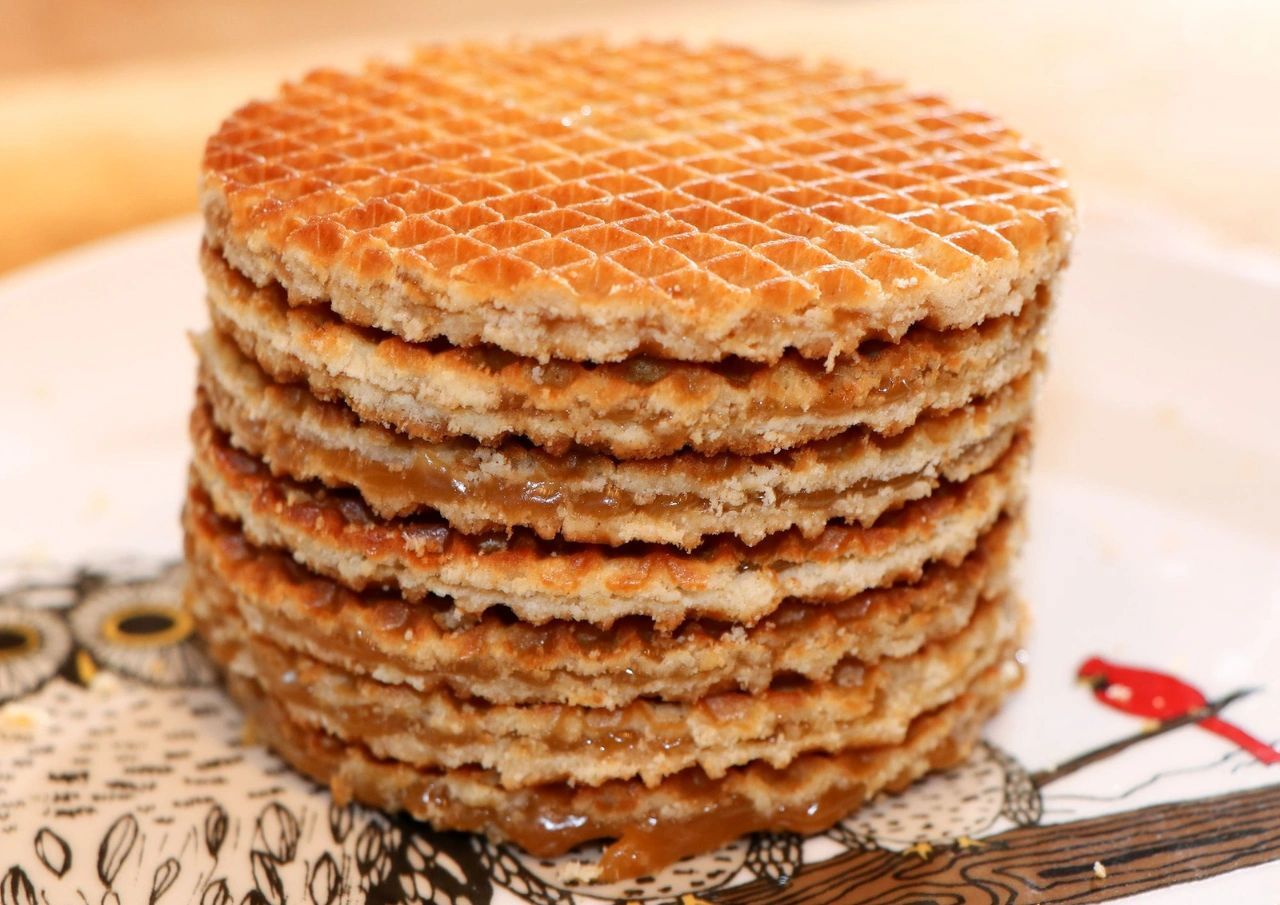
Olliebollen
Dutch-style doughnuts, little round balls of fluffy dough, deep-friend and then sprinkled with icing sugar. They’re quite small – and morish! So leave some space for dinner, if you snack on them at tea time!
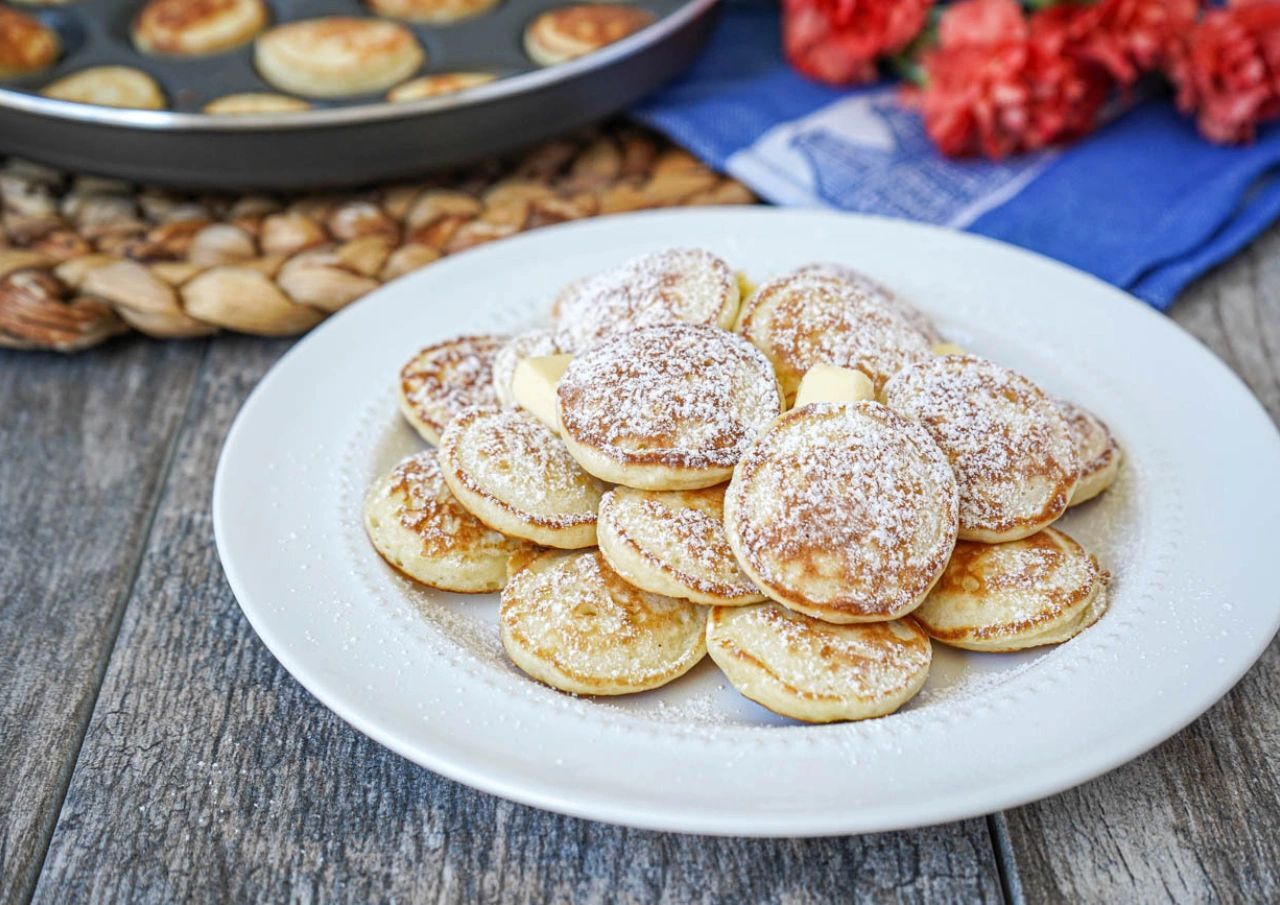
Poffertjes
Poffertjes are another Dutch sweet, and are so small they look harmless enough – but it’s easy to guzzle a handful before you know it! They are little round puffy pancakes, cooked in a special pan with holes in so they’re all the same size. They’re then buttered and sprinkled with sugar, and often sold from beach stalls or food trucks, as a great bite after swimming or beach time.
Pumpkin Pancakes
These are fairly self-explanatory, as they’re literally just that – pancakes cooked with a sweet pumpkin purée mixed into the batter. Add cinnamon and an extra sprinkle of sugar, and you have a great breakfast – or great dessert! Pumpkin pancakes are on most menus, and often sold by the beach, of from food trucks too.
Cashew Cake
Curaçao style cashew cake is another highly self-indulgent pleasure. On the surface, it looks like a fairly normal layer cake, with butter cream inside and frosting on top. But vanilla essence and almond extract contribute their exotic flavour, and ground, sometimes roasted, cashew nuts are added to the cream filling and icing on top. A dessert to enjoy with an espresso!
Which leads us nicely on to the subject of beverages!
There are a couple of ubiquitous beverages around Curaçao that you’ll find refreshing and unique, but the most Curaçaoan of them all is the original, centuries-old Curaçao liqueur. And if you don’t drink before the sun goes below the yard arm, you can always drink what Curaçaoans drink when they work up a thirst!
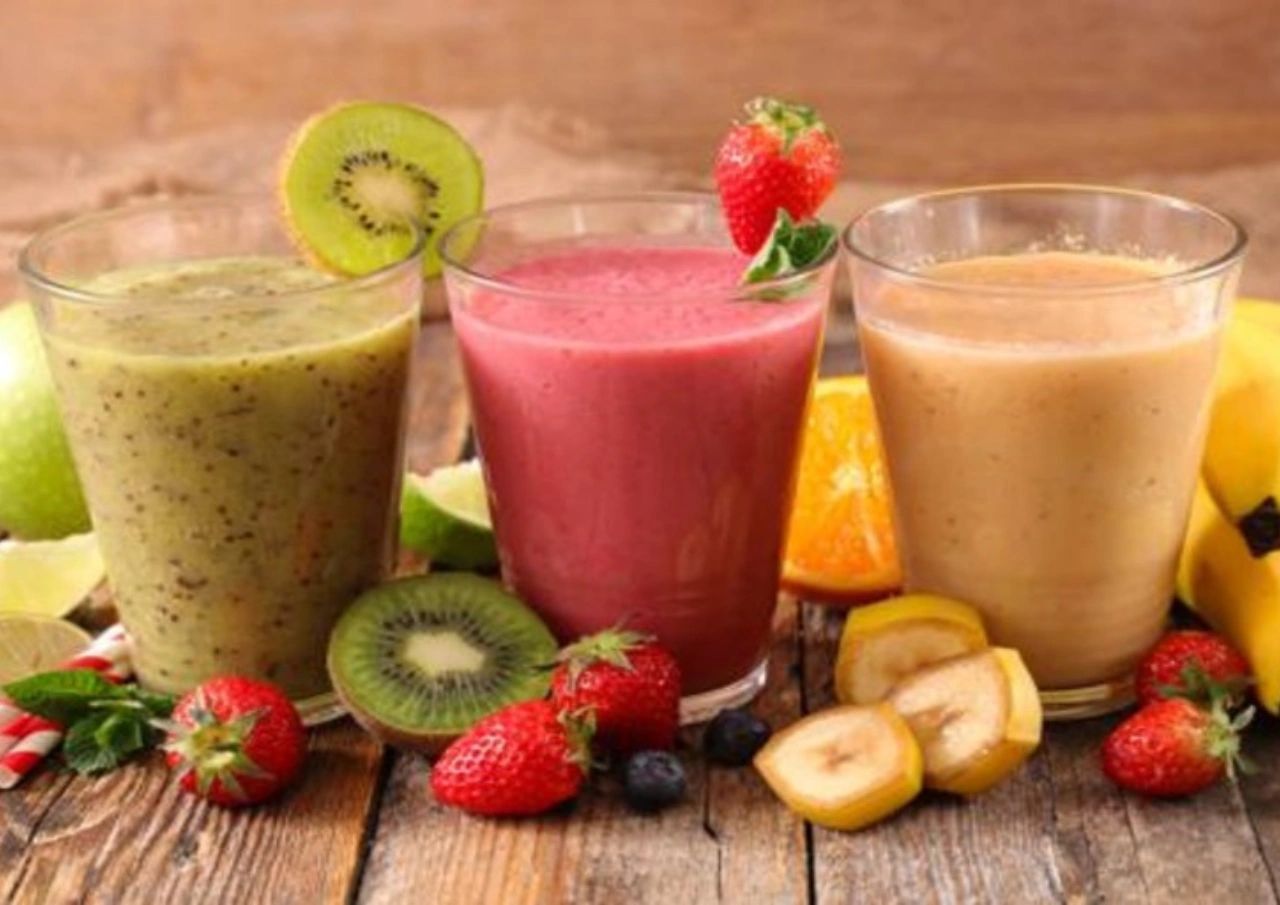
Batidos
A batidos is basically a fresh fruit shake – very fresh, as in, made before your eyes. It’s commonly made with added condensed milk and sugar, which gives it the consistency of a smoothie. Batidos are mostly sold from little vans that serve customers near beaches or other tourist areas.
Tamarind Nectar
Tamarind is a tropical fruit which is very bitter and a bit sweet – mostly the former! Another quintessential Curaçao drink adds tamarind pulp to water with lemon juice and sugar. It’s the perfect beverage at the end of a hot day.
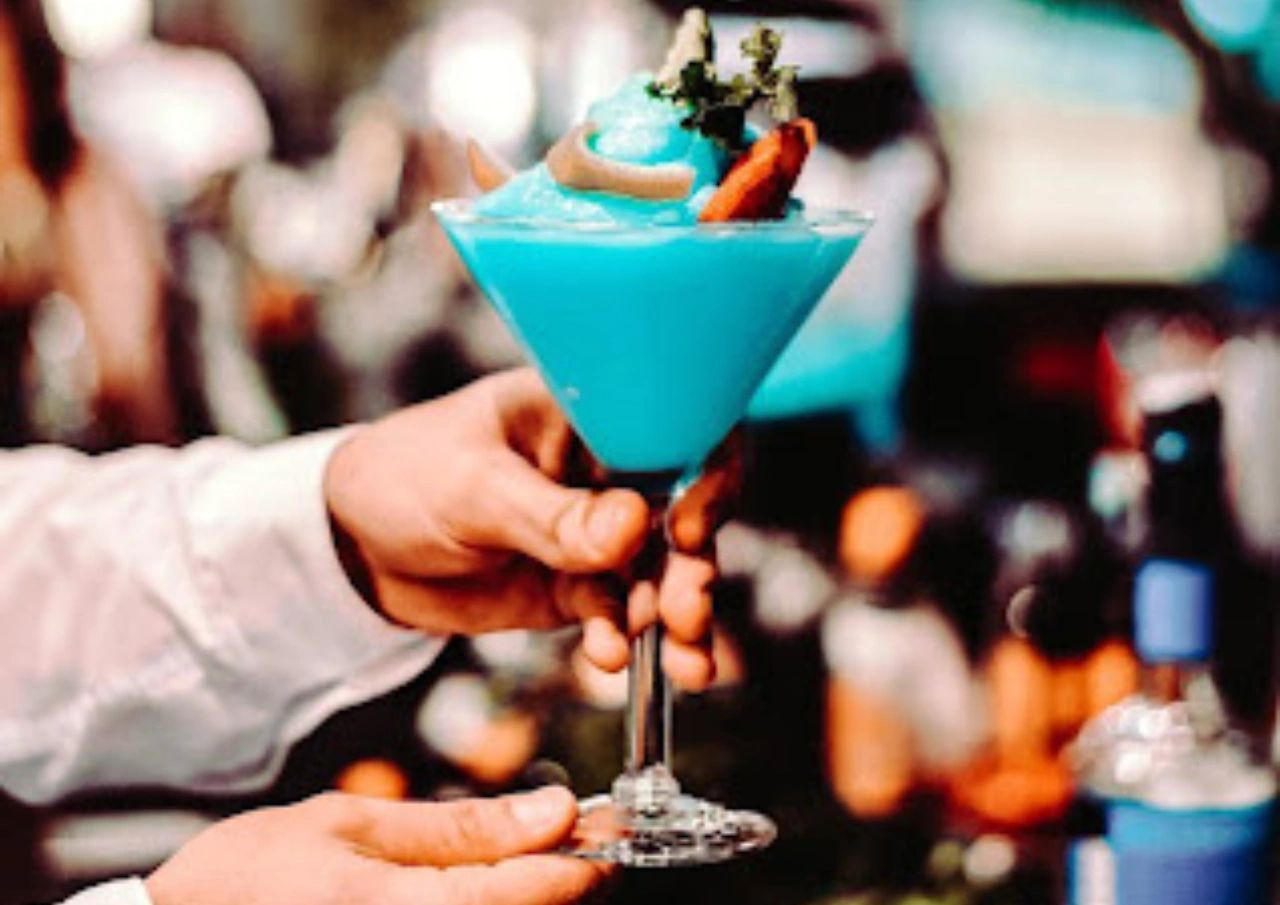
Curaçao Liqueur
Curaçao liqueur is made following a secret recipe, and is renowned the world over. A strong spirit drink, made by distilling the local Lahara orange in alcohol, Curaçao liqueur is known for its trademark bright blue color – and of course its aromas of citrus oils, and smooth, bitter-sweet taste on the palate.
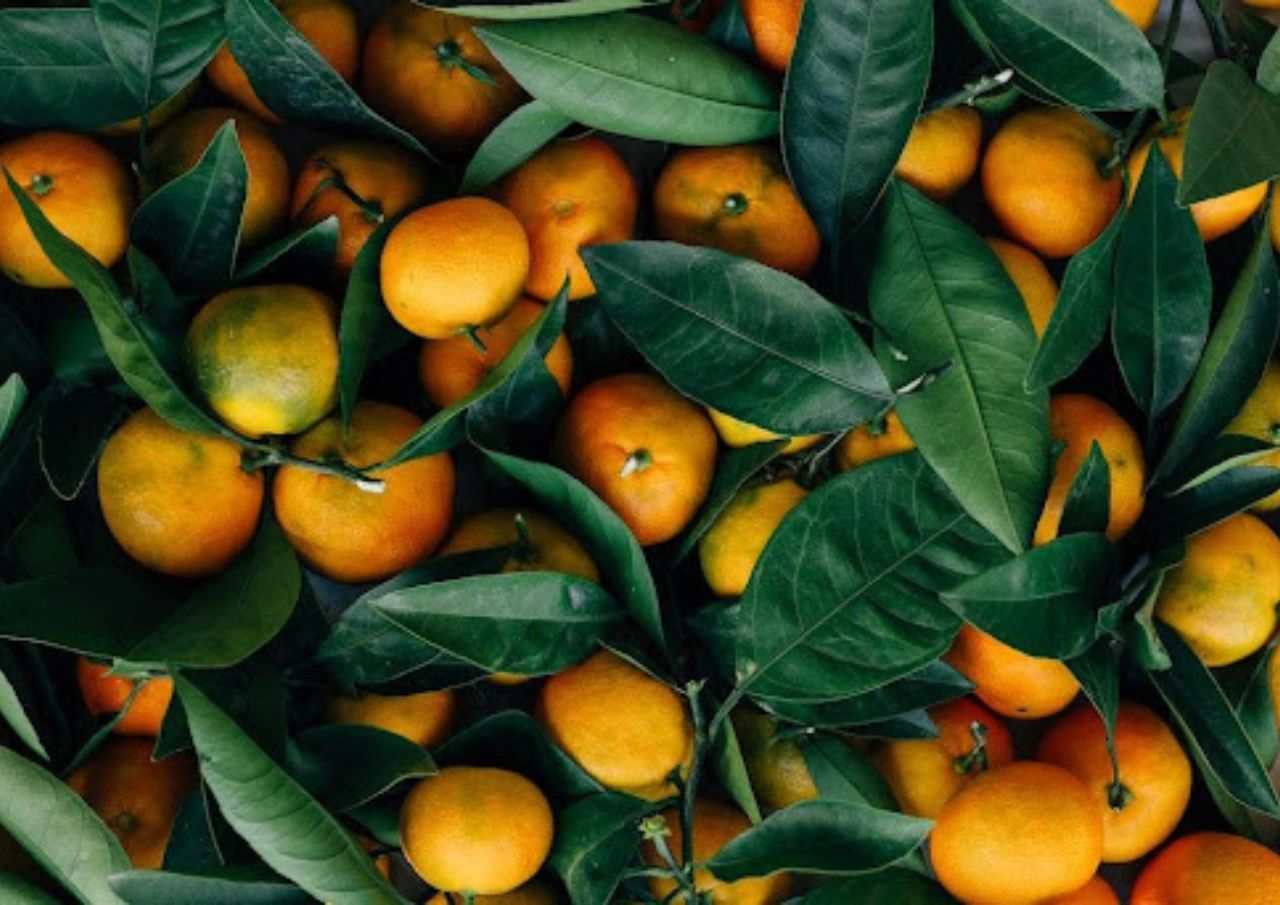
A Short History of Curaçao Liqueur
Bitter oranges found their way to Europe around the 10th century, via the Mediterranean, along trade routes from China (where citrus originated). For 500 years, they were, in fact, the only variety of oranges to be found in Europe. Two centuries later, the Spanish began cultivating them in the Seville area – hence the birth of the Seville orange. Spanish explorers carried Seville oranges with them as far afield as South America – and Curaçao! But the oranges did not adapt well to the Caribbean climate – Seville orange trees planted in Curaçao soil produced only small, dry fruits, of little worth. They were christened Laraha. And might have remained of no interest to anyone, if someone had not sun-dried the peels and distilled them.
What we know as the original Curaçao liqueur has been produced in a Dutch colonial mansion on the island since 1896, using the same distilling techniques used in earlier times in Europe. Curaçao liqueur is actually colorless, but at the turn of the 20th century, the Dutch company, Bols, decided to make the beverage more entertaining by dying it bright blue. While this azur blue (of Caribbean seas perhaps) has become its trademark color, Curaçao liqueur can also be greed, red, amber, or the original colorless drink.
Since it isn’t possible, by law, to commercially protect the name of a place, “Curaçao” liqueur can be purchased anywhere, and is made by a number of companies – and, as a result, varies greatly in grade and quality. The original, authentic Curaçao liqueur calls itself, “Curaçao of Curaçao”, and has its own special short, round bottle, with dimples in it imitating rough, dry, Laraha orange peel. You should definitely try this while in Curaçao – only 600 cases of the true liquor are exported to the US every year.
Curaçao liqueur is so good you can sip it straight. It’s also delicious added to fruit cocktails – the perfect Caribbean drink to savor as tropical darkness falls on the islan
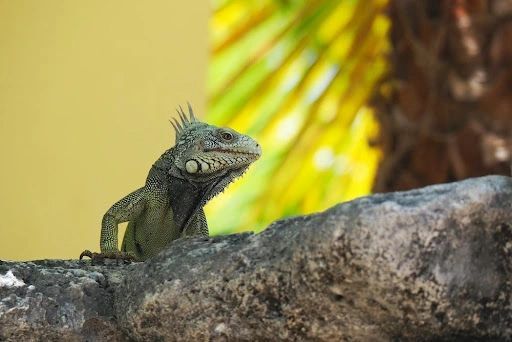
From the above, it should be clear that there’s no excuse for not eating well in Curaçao! It’s no surprise that an island which can produce a world-class liqueur, can also come up with food to write home about!
—
There’s also lots to do on Curaçao, and a great many renowned restaurants to choose from. If you’re dreaming of a Curaçao trip where everything is taken care of, let us know your travel requirements, and we’ll be delighted to come up with a plan as good as the island’s famous tipple! Book a free consultation to get started today.


